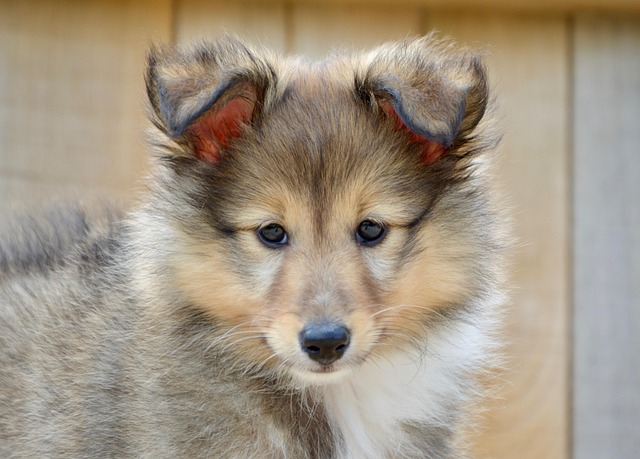
How do i train my dog to be obedient?
Watching your dog dart across the park ignoring your calls isn’t just frustrating—it can put them at risk near busy streets or public spaces.
Puppies start showing signs of bladder control around 8 to 12 weeks old, but that doesn’t mean they’re ready to master potty training overnight. At this stage, their tiny bladders can only hold it for about an hour per month of age—so a 10-week-old pup might need a trip outside every 2 to 3 hours, especially after eating, napping, or playing. Owners who stick to a consistent schedule often see progress faster, but patience is key; accidents are part of the process.
By 4 months, most puppies begin to grasp the routine, though setbacks are common. A friend in Portland once told me her Labrador mix seemed fully trained at 16 weeks, only to regress when they moved to a new apartment. Veterinarians say this kind of behavior is normal, linked to both physical development and emotional stress.
Full reliability usually kicks in between 6 and 8 months, but breed differences play a role. Smaller breeds like Chihuahuas often take longer because their bladders are tinier, while larger breeds such as Golden Retrievers might hit milestones earlier. It’s important to note that even after this age, occasional accidents can happen—excitement, illness, or changes in routine can all throw a well-trained pup off track.
 In many European countries, like Germany and France, local laws require pet owners to clean up after their dogs in public spaces, with fines for non-compliance. This makes consistent potty training not just a matter of convenience, but a legal responsibility. Similarly, in parts of the U.S., cities like New York and San Francisco have strict ordinances about dog waste, emphasizing the need for owners to teach their puppies proper outdoor habits from a young age.
In many European countries, like Germany and France, local laws require pet owners to clean up after their dogs in public spaces, with fines for non-compliance. This makes consistent potty training not just a matter of convenience, but a legal responsibility. Similarly, in parts of the U.S., cities like New York and San Francisco have strict ordinances about dog waste, emphasizing the need for owners to teach their puppies proper outdoor habits from a young age.
Socialization also ties into potty training success. Taking your puppy to different environments—parks, sidewalks, friends’ yards—helps them learn that any outdoor space is acceptable, reducing anxiety when away from home. Just be sure to wait until they’re fully vaccinated before exposing them to high-traffic dog areas, as recommended by most animal welfare organizations.
Remember, every puppy matures at their own pace. Rushing the process with punishment can lead to fear and confusion, making training harder in the long run. Positive reinforcement—treats, praise, and extra playtime when they go in the right spot—works far better. By staying consistent, understanding their physical limits, and respecting local regulations, you’ll set your pup up for success, no matter their age.

Watching your dog dart across the park ignoring your calls isn’t just frustrating—it can put them at risk near busy streets or public spaces.

New puppy owners often find themselves rushing to clean up accidents before they set in, and that’s where puppy pad training becomes a game-changer.

If you've noticed your dog's waistline disappearing and your veterinarian has mentioned those few extra pounds, your first instinct might be to simply reduce the amount of food in their bowl.

Training a dog to use a designated spot indoors isn’t as daunting as many new owners fear, but it does take consistency and an understanding of your pet’s needs.

That moment of dread on a walk is all too familiar for many new dog owners. You see another dog approaching down the sidewalk of your neighborhood

If the sight of another dog on your neighborhood walk makes your heart sink as your own dog erupts into a frenzy of barking and lunging, you're not alone.